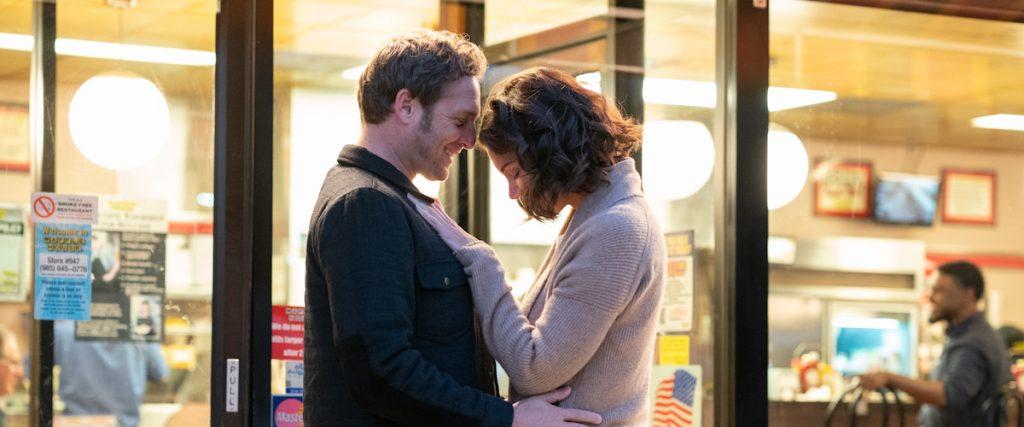The movie poster for “The Secret: Dare to Dream” features Miranda (Katie Holmes) and Professor Bray (Josh Lucas) on a dock at while the sun peaks over the trees. The feel-good film, released July 31, was based on Rhonda Byrnes’ best-selling book “The Secret.”
Photos courtesy of Lionsgate
“The Secret: Dare to Dream,” directed by Andy Tennant, is a movie based on the best-selling book “The Secret” by Rhonda Byrnes. The book, originally released in 2006, sold 30 million copies all over the world and has been translated into 50 different languages, according to the secret.tv. Released July 31, the movie is based on the application of the book and the principles of the law of attraction it teaches.
The law of attraction states that what people focus on in their thoughts becomes their reality. The film is a feel-good story with an important message that’s especially relevant in the midst of the COVID-19 pandemic.
The film was well-received on Amazon, amassing a 4.5-star rating. The story itself, however, is not an accurate introduction to the law of attraction. Instead, it’s a far more simplistic version in which the story fits neatly in the movie run time of 1 hour and 47 minutes. The book, which is far more robust, received the same criticism of simplifying complex psychological concepts in a New York Times article.
The Lionsgate film opens with the protagonist Miranda (Katie Holmes), a widow who seemingly has the worst luck. Miranda’s late husband (Cory Scott Allen) was an inventor who left her in a mountain of debt.
She has a negative outlook and wants her three kids to be raised with a realist perspective on life — a perspective that many students at Pepperdine today could understand given the current circumstances of online school. The law of attraction displayed throughout the movie challenges one to think outside one’s comfort zone, which is especially applicable today since mental health has become a mainstream topic in society.
The story follows with the introduction of Professor Bray (Josh Lucas), who has a secret that will change everything. After Miranda rear-ends him, he offers to repair her car, which she accepts. His position as a family friend begins to cement, and he starts introducing concepts of the law of attraction to the family.
Bray makes the analogy of a magnet and a paper clip. They are attracted to each other by a force that is unseen, and thoughts do the same thing — attracting one’s reality like magnets attract metal.
Hope is a dominant theme throughout the film, and with Pepperdine students scattered all over the world, hope is something that everyone can appreciate. There is a powerful, uplifting note to the movie that leads one to want to apply these abstract concepts.
Bray subtly introduces the basic principles of the law of attraction throughout the film. The idea of the law of attraction, however, is not explained in depth, leaving much to the imagination. If one has never been introduced to the concepts, it’s a very basic lead into what those concepts entail and the potential influence that the thought-process could have on anyone’s life.
The movie certainly has a Hallmark rom-com feeling to it, but sometimes everyone needs an uplifting movie in the midst of this uncertainty. Feel-good movies are especially important when there is so much distance between students and the cherished Pepperdine community.
Bray attributes the positive changes in the main characters’ lives to the law of attraction. While analogous to a sappy romance, the movie still carries a powerful message of hope and having faith in oneself.

The key message of maintaining a positive mindset remains a potent component of the loving and welcoming community at Pepperdine. The idea that focused thoughts can attract individual reality becomes an interesting integration to the known mental health benefits of positive thinking.
The movie can be streamed on Amazon, Apple TV, Fandango Now, Google Play, Redbox, Vudu and Xfinity. It was released July 31 and is available to purchase.
____________________
Follow the Graphic on Twitter: @PeppGraphic
Contact Christin Karr via Twitter: @Christin_Karr or by email: christin.karr@pepperdine.edu

